How to Keep Costume Jewelry from Tarnishing – 10 Effective Tips

Understanding Tarnishing: What Happens to Costume Jewelry?
We are seriously concerned about “How to Keep Costume Jewelry from Tarnishing?” Metals suffer chemical damage when they combine with environmental sulfur, oxygen, and moisture. A poor reaction between the jewelry ingredients leads to surface corrosion, which makes the material appear dull. Costume jewelry made from metals like aluminum, brass, and silver-plated alloys shows high vulnerability to tarnishing due to its basic material makeup.
The core components of costume jewelry experience increased tarnishing when mixed with specific alloy metals. The metals corrode visibly when they come into contact with air, moisture, or specific chemicals. Metal jewelry parts, such as earrings and rings, exposed to high moisture or salt areas may turn black quickly. The natural oils and products from our skin layers serve as major factors in making jewelry tarnish faster.
Silver and brass metals show faster tarnishing compared to gold and stainless steel since they do not maintain their stability as well. When exposed to sulfur in the air, both silver and brass surfaces change color, but brass produces a unique green patina. The tarnishing damage spoils both the beauty and durability of beautiful fashion jewelry, leading to questions about protecting earrings and rings from stains.
Preventing silver and brass discoloration requires us to know what makes jewelry tarnish so we can better care for our jewelry. People can maintain their jewelry’s fresh appearance by understanding what affects it and knowing its components. When you know which steps to take in jewelry maintenance, the lifespan of costume jewelry increases, and tarnish effects remain minimal.
Choosing the Right Materials: What to Look For
You should study the raw materials of costume jewelry to pick versions that avoid tarnishing issues. Top-quality jewelry gets its strength from special metal materials and protective coatings. Knowing the used materials helps you create inexpensive jewelry that stays newly polished.
Many top-grade costume jewelry manufacturers use stainless steel and titanium as foundational non-tarnish materials. These natural materials prevent damage to cheap jewelry and help it stay rust-free. The best noble metal for cheap jewelry is surgical-grade stainless steel because it stands up better to rust compared to other inexpensive metals.
The plating procedure determines essential techniques for preserving earrings from tarnishing. A thin gold coating protects earrings from both cosmetic damage and corrosion because it blocks external factors that cause metal oxidation. You should target earrings with substantial plating because a light coating wears out fast and starts to tarnish. Rhodium-plated jewelry stands as an outstanding solution because it develops an anti-tarnish layer that suits people who want to stop their jewelry from rusting.
Synthetic resins provide suitable material choices for jewelry because their nonreactive nature prevents tarnishing. Choose jewelry that uses acrylic coating as an affordable solution to avoid the discoloration of costume jewelry items.
What materials a costume jewelry product uses determines both its service life and how it looks. Picking accessories with non-rust metals and protective coatings will make them last longer by resisting discoloration.
Storage Solutions: How to Keep Jewelry Safe
Properly storing costume jewelry helps it remain enduring while protecting against tarnishing. Exposure to air moisture and poor storage actions can cause jewelry items to lose their shine. The best starting point in preserving your jewelry is to store it in a dry space. A special jewelry box with separate storage spaces protects precious pieces from physical harm caused by surrounding objects.
Anti-tarnish pouches work well to prevent chemical reactions that cause metal surface deterioration. Specialized bags contain materials that absorb moisture while stopping chemical reactions that produce tarnish. Placing your jewelry into anti-tarnish pouches immediately preserves their value and appearance, as well as prevents any discoloring. You should keep the pouch closed unless you need it, as this helps maintain the anti-tarnish effect.
Keep your jewelry away from other accessories that might harm its surface with scratching or discoloration. Medals that touch non-metal items can trigger chemical reactions that discolor or damage jewelry surfaces. Store your jewelry separately and arrange chains and earrings to lay flat, while hanging them properly to avoid contact that leads to scratches and wear.
Moisture exposure should be kept away from the storage area. Keeping costume jewelry in a low-temperature, shaded area preserves its quality best. These storage tips offer the best solution to protect all types of jewelry from developing tarnish. Creating suitable storage space helps you protect your jewels from tarnishing effects and keeps them in top condition.
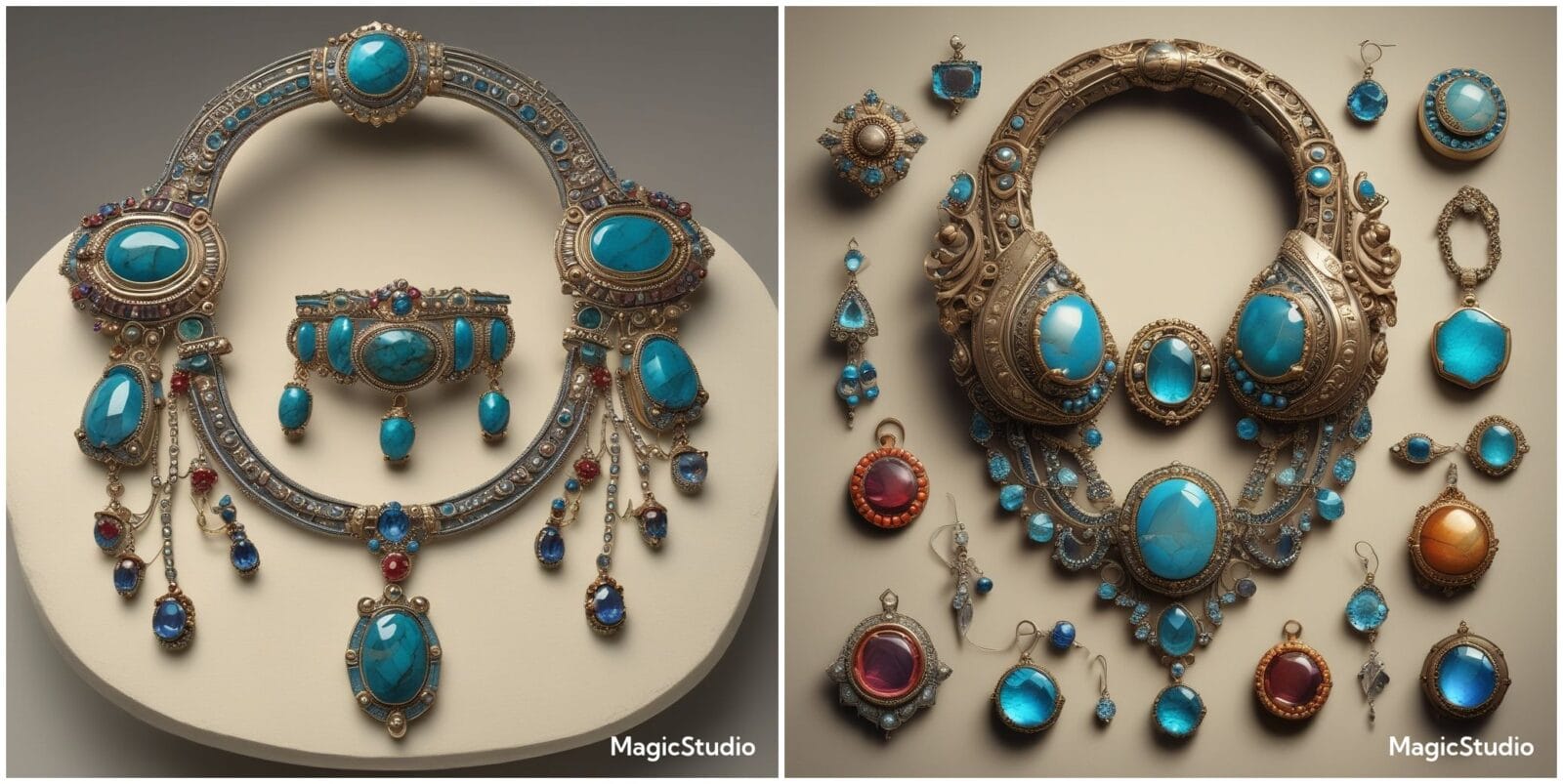
Daily Wear Tips: How to Care for Your Jewelry
Wearing costume jewelry correctly every day safeguards it from becoming tarnished. It is essential to remove all your jewelry before engaging in workouts or swimming, as these heavy sweat periods can cause harm to your accessories. Wearing your jewelry during workout sessions and swimming can weaken the metal finishes, as sweat can pick at the surfaces. Swimmers must always remove their jewelry from chlorine exposure before entering the pool.
Standard care steps will safeguard your personal care supplies when you wear jewelry. Your jewelry can suffer from harm due to contact with personal care products that contain chemical ingredients. It is recommended to put on jewelry items only once your products have completely dried. A simple precaution will safeguard your jewelry from color change and rusting. To protect your jewelry from dangerous substances, you should wear it after ending your skincare regimen.
You need to remove all costume jewelry when handling kitchen work and house cleanups. Items in cleaning products may corrode jewelry pieces made from reactive metal types when they come into contact with them first. Jewelry requires storage locations with minimal humidity to prevent chemical damage that speeds up tarnishing effects.
Keep your jewelry safe when you take it off by adopting the basic habit of placing it into secure storage. Using a soft cloth will help you clean your jewelry while avoiding any substances that cause tarnishing. Storing your jewelry in these methods every day helps defend against rust, which will help your items last long-term.
Cleaning Your Costume Jewelry: Best Practices
One must show diligence to preserve the shine of costume jewelry and apply special care when cleaning it. The maintenance schedule extends both the operational duration and improves the visual qualities of your pieces. Careful understanding of cheap jewelry tarnishing methods is necessary for maintenance. The following set of guidelines will help you execute safe cleaning procedures effectively.
You should select gentle cleaning solutions that were developed explicitly for jewelry care. These cleaning solutions were created to clean tarnish and dirt from the items without causing any harm. To clean your jewelry at home, you can create a solution of dish soap mixed with warm water, which will dissolve the surface grime. Create a mixture by combining one part of soap with three parts of water before using a soft cloth to gently clean your costume jewelry surface. Wetting the pieces for direct solution contact represents a threat to water damage and setting loosening.
You should employ a soft-bristled toothbrush when cleaning jewelry with multiple materials, such as gemstones or beads, because it helps you reach detailed areas without causing any scratches. The cleaning method provides excellent protection against tarnishing issues, which ensures the long-term stability of rings.
A microfiber cloth serves a practical purpose for jewelry polishing after cleaning. A microfiber cloth serves as a valuable tool to remove moisture traces while keeping jewelry shining. Regular cleaning of cheap jewelry right after usage effectively minimizes the formation of tarnish.
The proper environment for jewelry storage is as crucial as regular maintenance. Protection against tarnishing occurs by storing clean jewelry in either anti-tarnish pouches or by wrapping it in a soft cloth inside a cool, dry location. These established cleaning procedures will make your costume jewelry pristine and teach you effective methods to resist jewelry tarnish.
Restoring Tarnished Jewelry: DIY Techniques
Tarnishing on jewelry diminishes its attractiveness, yet property owners can successfully employ several homemade enhancement strategies to save their costume pieces. These techniques provide solutions for both preventing cheap jewelry tarnish from the beginning and reversing current tarnish on your accessories.
People normally use baking soda as their preferred cleaning solution. Begin by combining one part water with three parts baking soda until you create a paste. You can create a baking soda paste, which should be gently applied to tarnished jewelry sections through consistent, methodical use of a soft cloth or toothbrush. Warm water rinsing should follow several minutes of application, with a soft towel serving to dry the item afterward. The application of baking soda works best to prevent jewelry tarnish while preserving its shine.
Home users can use vinegar as a common household item to prevent ring tarnishing. Place the jewelry in white vinegar that fills a small bowl and allow it to rest for 10-15 minutes. Gentle scrubbing of the items with a soft brush or cloth following the vinegar bath will eliminate any leftover tarnish. Full drying of the pieces immediately after rinsing will prevent additional tarnishing from forming.
People who are uncertain about preserving their fake jewelry against green staining can use specialized commercial polishing products for jewelry. After obtaining a commercial polishing product, you should study its instructions, as the product may require special application steps. You should apply an amount the size of a pea of the product to a cloth before softly cleaning the item’s surface.
Combining the DIY approaches with precautionary techniques yields optimal outcomes to maintain your fake jewelry. The combination of proper storage, along with regular cleaning, allows users to learn effective methods for preventing long-term tarnishing of fashion jewelry. The simple DIY cleaning procedures enable successful repair and maintenance of your costume jewelry.
When to Seek Professional Help for Your Jewelry
The decision to seek professional help for your costume jewelry determines how well you will protect its look and durability. The prevention of jewelry tarnish can be achieved through regular cleaning methods, yet particular indications signal the need for professional assistance. It is time to consult an expert when you detect persistent discoloration and dull tones that proven at-home fixes cannot solve the problem.
Broken clasps, in addition to missing stones and bent metals, should be indicators to seek professional help for your costume jewelry. Unfixed jewelry damage and broken components result in additional complications, which can end up causing lost items and possible wearer injuries. A professional jeweler will use their specialized knowledge, along with proper instrument tools, to fix jewelry in a safe manner, so your pieces stay intact.
Seeking help from a professional becomes necessary if you lack confidence about jewelry maintenance practices. Working with a jeweler brings personalized advice to protect your jewelry items, such as methods to prevent rings from fading and ways to preserve ear earrings from discoloration. Valuable and special items should be given to professional jewelers for safe care.
A trustworthy jeweler can be found by asking family members or friends for recommendations or by reading genuine reviews available online. Jewelers of good standing always disclose their rates, along with their service details, to customers while maintaining a favorable standing in the community. Needed documents should include a request for pricing information, while the professional should provide details on their costume jewelry expertise. The correct handling of your items at this stage safeguards them from both damage and tarnishing, so you should focus on doing this step properly.
Recognition of maintenance signals through professionals can help your costume jewelry last longer while preventing new tarnishing problems.
The Role of Climate: How Environment Affects Tarnishing
The environment significantly contributes to costume jewelry tarnishing primarily because of temperature changes and humidity levels, as well as different elements that come into contact with the pieces. The oxidation process for metals accelerates more rapidly due to humidity, which causes tarnishing. Moist air triggers chemical reactions between itself and some metals, which regularly leads to the development of corrosion. People who live in moist regions need to carefully follow procedures that prevent cheap jewelry from discoloration. Daily inspection of your jewelry will enable you to act swiftly in performing maintenance procedures.
Temperature also impacts jewelry care. Jewelry protective layers become damaged by high heat, which leads to material brittleness when exposed to very cold temperatures, thus increasing their sensitivity to tarnishing. A controlled temperature environment serves as an effective method to reduce tarnish formation. Placing your jewelry goods in a space with a controlled climate serves to prevent oxidation that would otherwise tarnish items like rings and earrings.
A person should examine the weather patterns in their location before deciding how to prevent their jewelry from tarnishing. Specifically, humid or moist weather conditions make silica gel packs a useful tool for jewelry storage, as they help absorb moisture. Protective coatings for jewels that were designed for this purpose play a significant role in both rust prevention and tarnish prevention.
The process of wearing costume jewelry during regular daily activities allows natural elements to trigger tarnishing effects. Swimming or bathing with jewelry on rapidly speeds up the breakdown of the items. The best preventative measure is taking jewelry off before entering activities where exposure might occur. When facing specific climate conditions, people must adjust their jewelry care routines because it protects valuable items from damage while improving their lifespan.
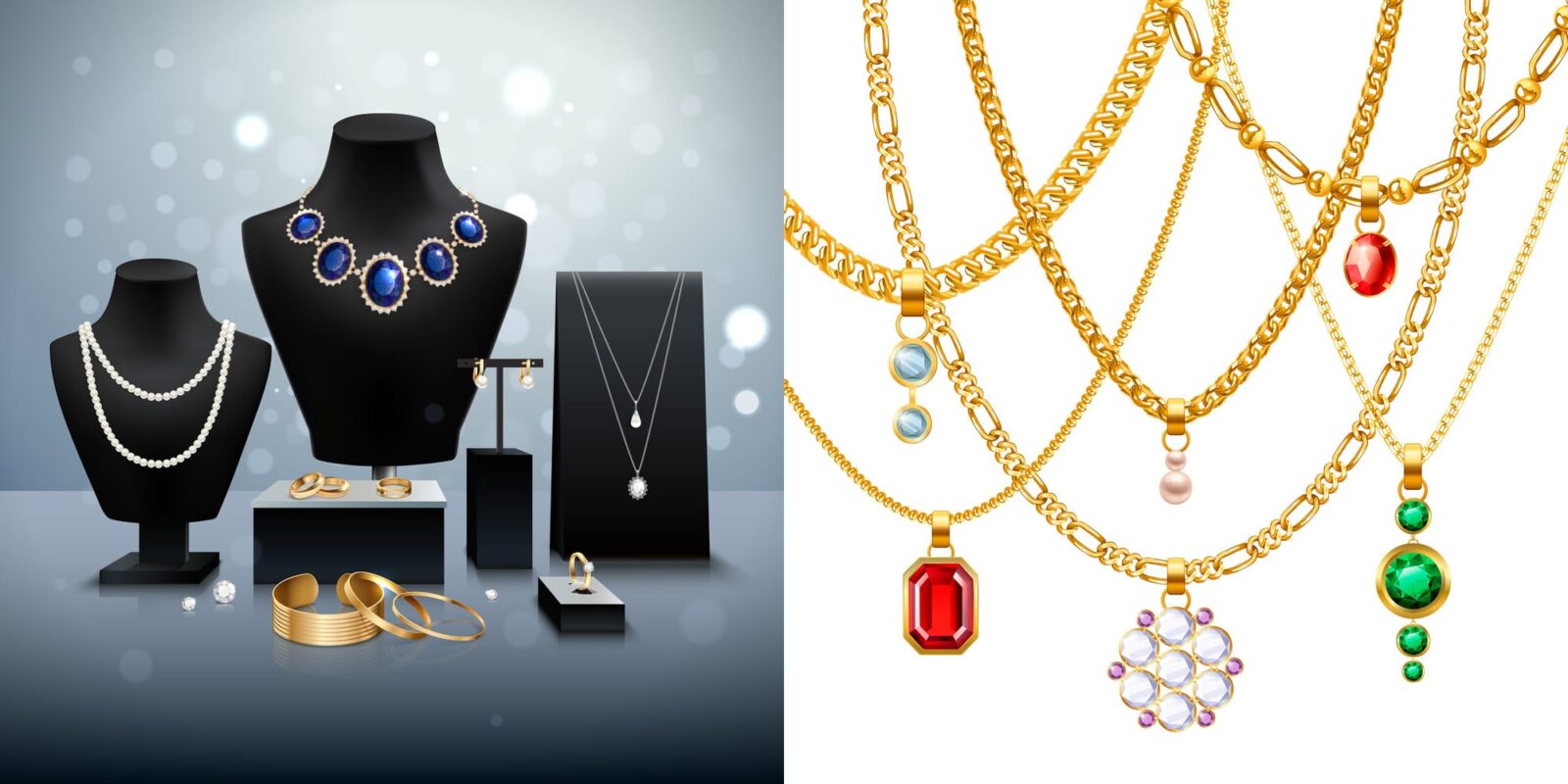
Staying Informed: Trends and Innovations in Jewelry Care
Modern trends and innovations within the jewelry industry focus on decorative jewelry tarnish prevention through multiple protective developments. Advanced coatings and treatments represent a major developmental aspect. Costume jewelry manufacturers have developed advanced protective coatings that, when applied to this jewelry, strengthen both durability and tarnish resistance. These protective layers incorporate nanotechnology components that operate as barriers for both moisture and air, as they are the main factors behind tarnishing effects.
The scientific community investigates sustainable materials and replacement processes, in addition to creating protective coatings for jewelry products. Sustainable jewelry has experienced popularity because designers choose eco-friendly metal alloys that show better durability against tarnish. Alternative materials substitute for precious metals in appearance while providing better product durability. These innovative developments ensure that consumers no longer need to figure out rust prevention or excessive tarnish protection for their jewelry, as the advancements address both these concerns.
The jewelry industry advances through the development of digital tools that provide customers with assistance for caring for their pieces. Users can now benefit from app and smart device technologies that provide maintenance reminders, along with cleaning recommendations and proper storage methods. Through technological innovation, customers receive education about preserving the quality and appearance of their jewelry. These new technologies enable people to develop effective approaches that battle jewelry tarnishing.
Fashion collaborations with technology result in sophisticated solutions that also fulfill practical needs in the jewelry sector. The rising trend among designers includes the implementation of tarnish-resistant qualities in their products, as they want to solve the problem of costume jewelry tarnishing. Research in jewelry care enables users to protect their pieces from tarnishment, as technology continues to produce better solutions.
Conclusion
Tarnishing is a natural process, but with the right care, you can extend the life of your costume jewelry. By understanding what causes tarnishing—whether it’s moisture, air, chemicals, or physical wear—you can take steps to reduce its impact. Proper cleaning, storage, and regular maintenance will help your jewelry retain its shine and keep it looking fresh for years to come.
FAQs:
- How to prevent jewelry from turning green: This can be naturally incorporated in the “Choosing the Right Materials” section or “Cleaning Your Costume Jewelry” section, as it relates to protecting jewelry from skin oils and chemicals.
- How to prevent rings from tarnishing: This could be added in the “Daily Wear Tips” section, where you discuss removing jewelry before certain activities.
- How to make cheap jewelry not tarnish: This fits naturally into “Choosing the Right Materials”, particularly when discussing how to choose materials that resist tarnishing.
- How to prevent a ring from tarnishing: Could be naturally integrated into the “Daily Wear Tips” section, along with other jewelry care instructions.
- How to protect costume jewelry from tarnishing: This could replace “how to keep costume jewelry from tarnishing” in sections discussing storage and cleaning, perhaps in “Storage Solutions” or “Cleaning Your Costume Jewelry”.
- How to prevent fake jewelry from turning green: This can fit under “Understanding Tarnishing” or “Daily Wear Tips” to address how to prevent discoloration caused by chemicals or skin reactions.
- How to prevent jewelry from rusting: This can be added to “Storage Solutions” or “Understanding Tarnishing” to discuss rusting and the importance of moisture control.
- How to prevent fashion jewelry from tarnishing: This can be naturally added to the section where you discuss the types of materials used in fashion jewelry and how to care for them.
- How to prevent gold jewelry from tarnishing: This could be naturally integrated into the “Choosing the Right Materials” section when talking about plating options.
- How to prevent costume jewelry from tarnishing: This can be used interchangeably with “how to keep costume jewelry from tarnishing” in various sections, particularly in “Choosing the Right Materials” and “Storage Solutions”.
For more detailed articles like this, please provide your worthy comments on our Brainboxhub which will be a great support from your side.
Share this content:

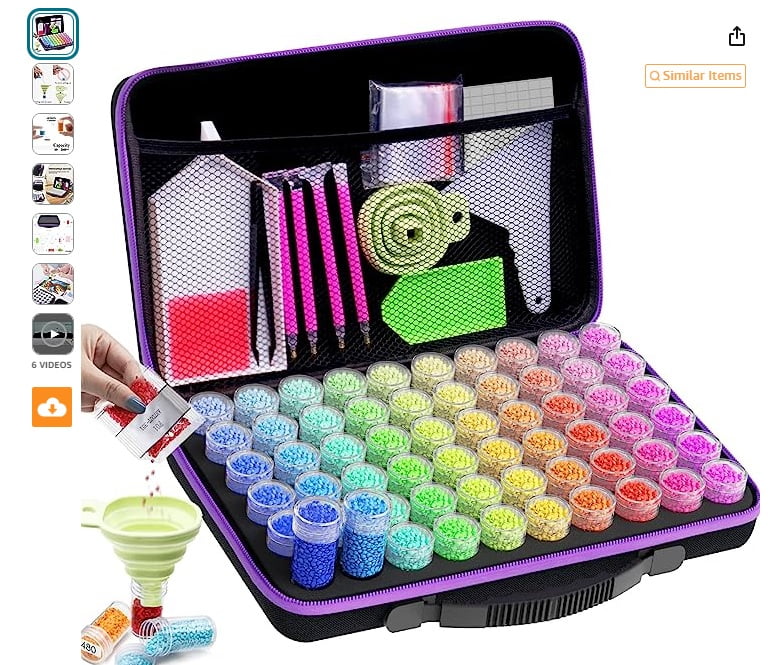
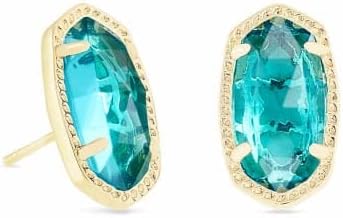

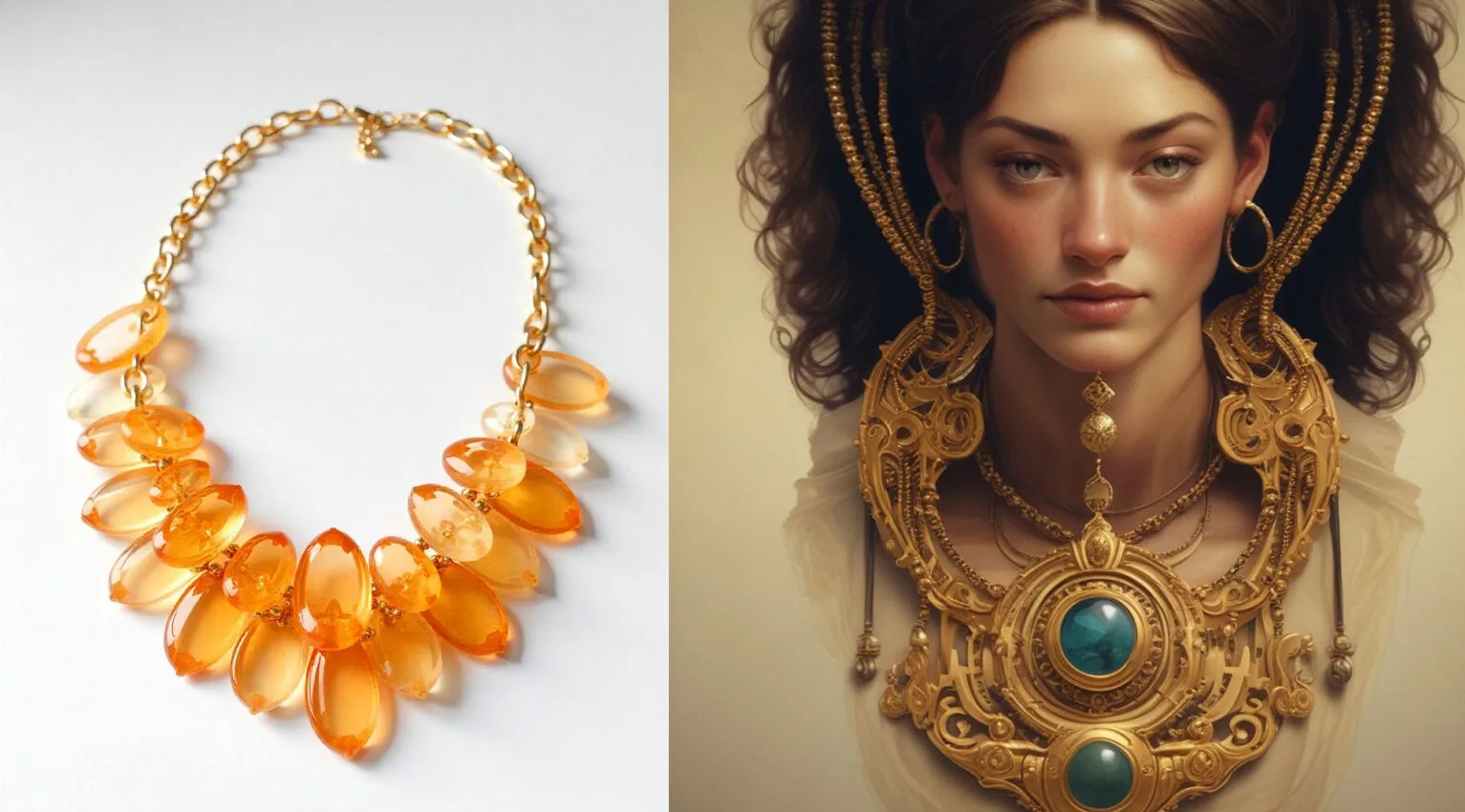











Post Comment